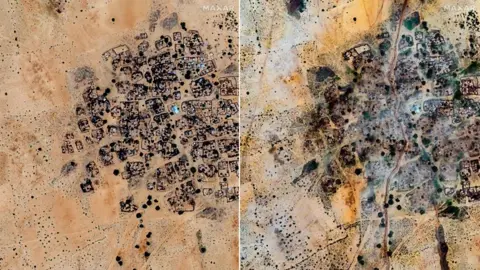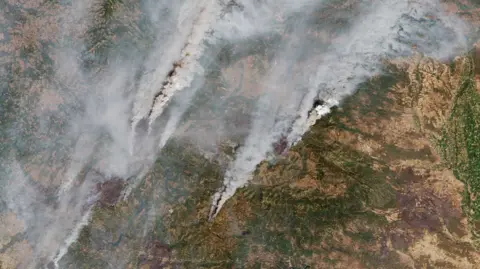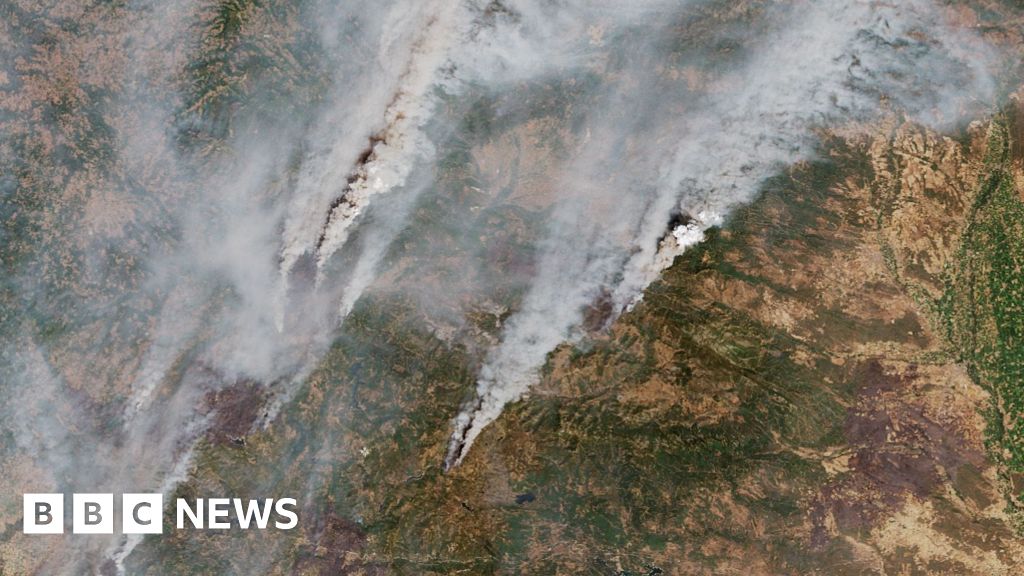The Hajj, a defining event for Muslims globally, is set to begin this Wednesday in Mecca, Saudi Arabia. With ongoing concerns about safety arising from past incidents and the current extreme temperatures, the pilgrimage poses challenges for both participants and organizers. Since Sunday, the kingdom has welcomed 1,475,230 foreign pilgrims, highlighting the immense scale of this annual gathering. However, the memory of last year's devastating toll, where over 1,300 pilgrims died—many of whom were unregistered—looms large. Saudi officials stated that a majority of these individuals lacked the necessary permits that would have provided them access to crucial heat-related protections during the event.
In light of the dangers posed by extreme weather conditions, the following key questions arise regarding this year's pilgrimage:
What is the Hajj?
What measures are Saudi authorities enacting to ensure safety?
What are the historical disasters that have occurred during the Hajj?
How is climate change impacting the pilgrimage experience?
Who is eligible for Hajj permission?
The Hajj, one of the Five Pillars of Islam, is a sacred journey that every able-bodied Muslim with financial means is required to undertake at least once in their lifetime. Occurring annually during the last month of the Islamic lunar calendar, preparations typically involve pilgrim travel to Saudi Arabia well in advance, allowing time for spiritual practices such as visiting Medina and praying at Mecca's Grand Mosque.
As the world watches, the events across Mecca will shape discussions about the intersection of faith, safety, and climate in one of history's largest congregations.
In light of the dangers posed by extreme weather conditions, the following key questions arise regarding this year's pilgrimage:
What is the Hajj?
What measures are Saudi authorities enacting to ensure safety?
What are the historical disasters that have occurred during the Hajj?
How is climate change impacting the pilgrimage experience?
Who is eligible for Hajj permission?
The Hajj, one of the Five Pillars of Islam, is a sacred journey that every able-bodied Muslim with financial means is required to undertake at least once in their lifetime. Occurring annually during the last month of the Islamic lunar calendar, preparations typically involve pilgrim travel to Saudi Arabia well in advance, allowing time for spiritual practices such as visiting Medina and praying at Mecca's Grand Mosque.
As the world watches, the events across Mecca will shape discussions about the intersection of faith, safety, and climate in one of history's largest congregations.
















